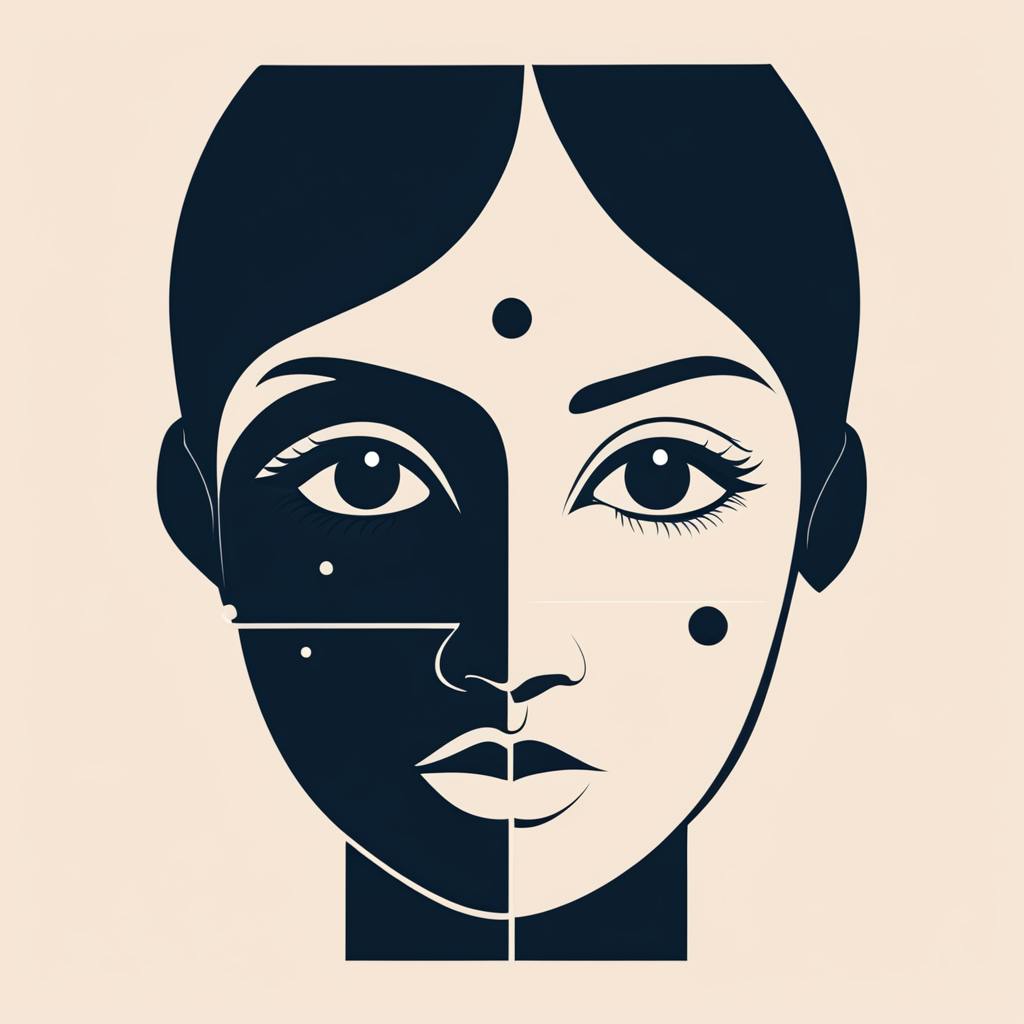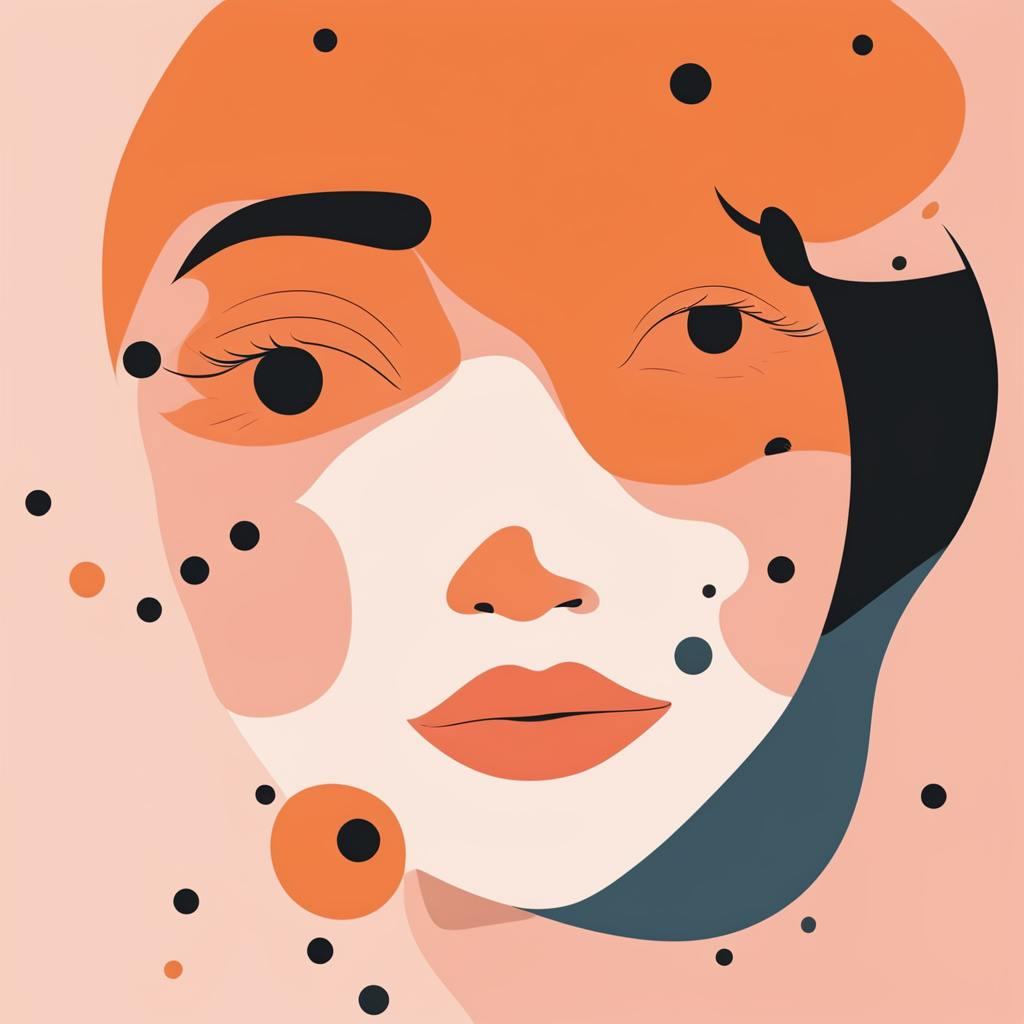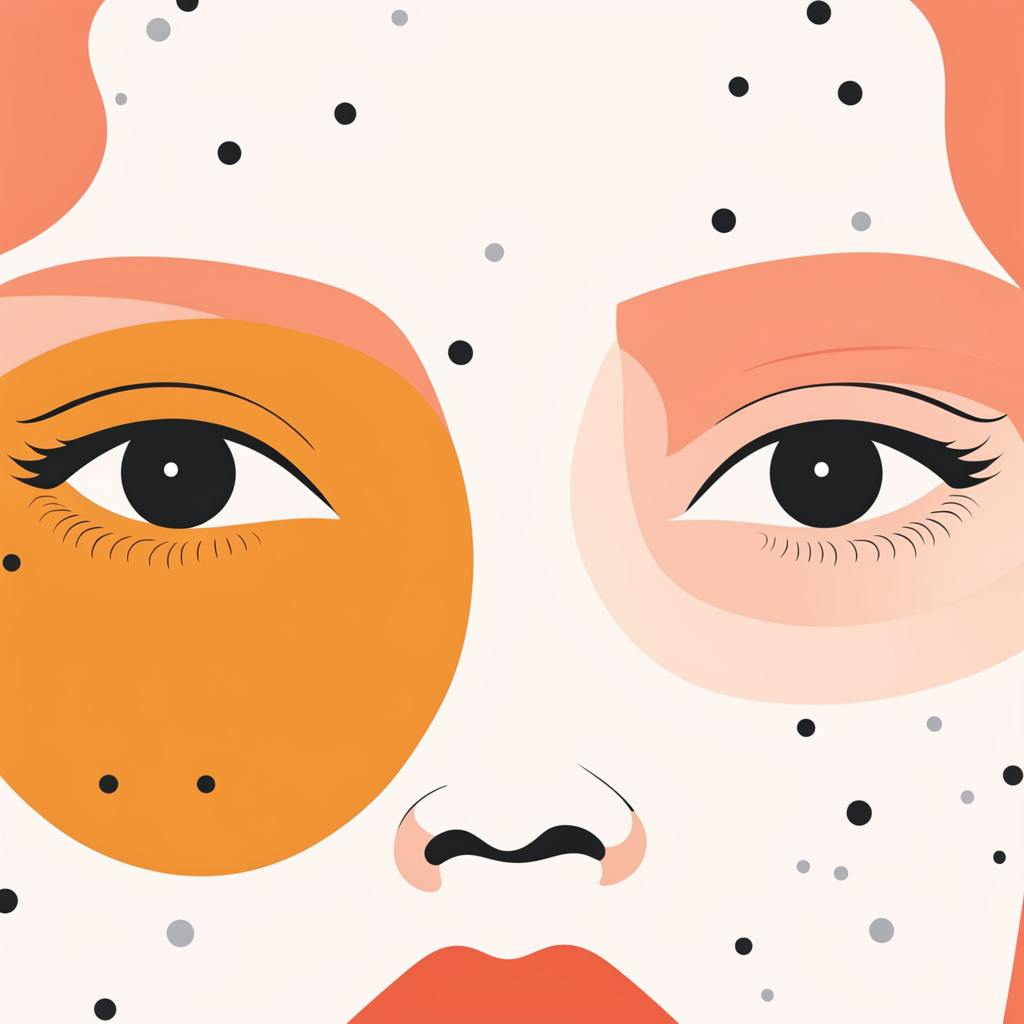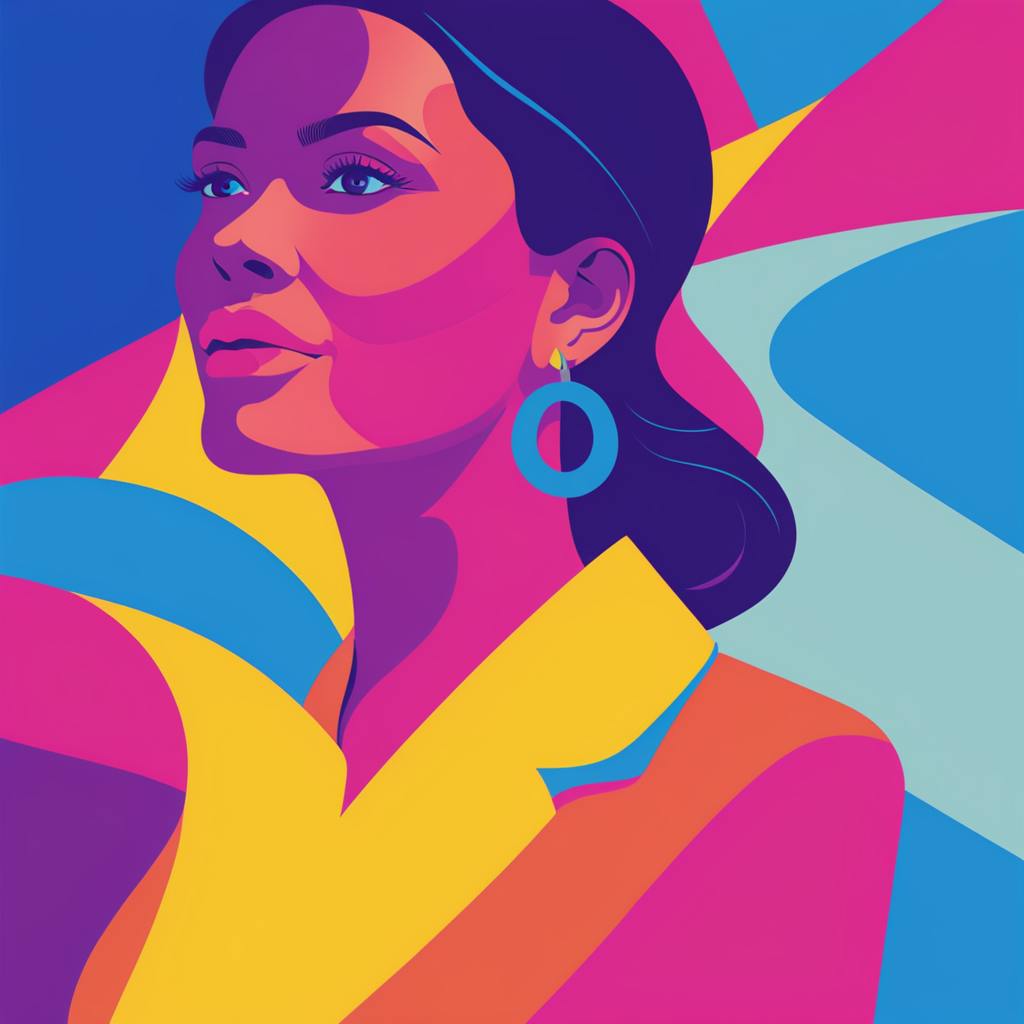In today's ever-evolving digital landscape, tool graphics serve as the cornerstone for creating stunning visuals and effective designs. Whether you're a seasoned graphic designer or a novice exploring the field, understanding the best design software and graphic art software is crucial. This article dives deep into the world of modern tool graphics, providing an insightful look at the computer designing tools that are transforming the creative industry.
Exploring the Best Design Software for Tool Graphics
The foundation of compelling tool graphics lies in the selection of the right design software. With an array of options, zeroing in on the best can be overwhelming. Adobe Creative Cloud remains a favorite for many, providing comprehensive tools like Photoshop, Illustrator, and InDesign. Each offers unique functionalities, essential for creating detailed and versatile tool graphics.
Other noteworthy mentions include CorelDRAW and Affinity Designer, both offering robust features that cater to various design needs. CorelDRAW excels in vector graphics, while Affinity Designer is known for its user-friendly interface and affordability.
Key Features to Look for in Graphic Art Software
- Versatility: The software should efficiently handle a variety of design needs—from vector graphics to photo manipulation.
- User Interface: An intuitive and streamlined interface can dramatically enhance productivity.
- Compatibility: Ensure the software supports various file formats and integrates well with other applications.
- Performance: High-speed processing and stable performance are crucial, especially for handling large design files.
The Role of Computer Designing in Tool Graphics
Computer designing has revolutionized the way we approach tool graphics. It provides a platform for designers to experiment, iterate, and perfect their designs with unprecedented ease.
- Precision and Accuracy: Modern graphic art software allows for pixel-perfect designs, which is particularly beneficial for tool graphics where detail and precision are paramount.
- Collaboration: Platforms like Adobe Creative Cloud enable seamless collaboration, allowing teams to work on tool graphics projects collectively, irrespective of geographical boundaries.
- Innovation: Computer designing tools are frequently updated with new features, ensuring that designers have access to cutting-edge technology and advancements.
Importance of Understanding Different Design Tools
One frequently asked question is: "How do I choose between different design tools?" The answer lies in identifying your specific needs and the functionalities offered by the software. For instance, if vector graphics are your primary requirement, tools like Adobe Illustrator or CorelDRAW would be ideal. On the other hand, for intricate photo manipulations, Photoshop offers unparalleled capabilities.

AI made with Rita Lux
Tool Graphics in Modern Graphic Design: An FAQ
The world of graphic design has witnessed significant advancements with the introduction of cutting-edge tools that enhance creativity and streamline workflows. In this FAQ, we delve into the modern tools used in graphic design, their impact on the industry, and how they unlock creativity and innovation for designers.
What are the modern tools used in graphics design for enhancing creativity?
Modern graphic design tools incorporate advanced features, innovative technologies, and user-friendly interfaces to elevate the creative process. Some of these tools include:
- Adobe Creative Suite (Photoshop, Illustrator, InDesign): These industry-standard tools offer immense capabilities for photo editing, vector graphics creation, and layout design.
- Procreate: An iPad app known for its intuitive interface and robust set of brushes, ideal for digital painting and illustration.
- Sketch & Figma: Primarily used for UI/UX design, these vector-based tools allow for collaborative design and prototyping, enhancing workflow efficiency.
- Affinity Designer: A vector graphic design software that provides a cost-effective alternative to Adobe Illustrator with many similar features.
- Cinema 4D & Blender: Powerful 3D modeling and animation tools that allow designers to create complex 3D graphics, animations, and visual effects.
- Canva: A web-based design tool that offers templates and drag-and-drop features, aimed at making design accessible for non-professionals and professionals alike.
- CorelDRAW: Features an extensive toolkit for vector illustration, layout, and typography, empowering designers in various creative fields.
- Clip Studio Paint: Favored by comic artists and illustrators for its specialized features for creating comic art and detailed illustrations.
- InVision: A digital product design platform that provides prototyping and collaboration tools to streamline the design-to-development process.
How has the introduction of modern tool graphics changed the dynamics of graphic design?
The advent of modern tool graphics has significantly transformed the graphic design landscape:
- Enhanced Creativity: New tools incorporate AI-powered features such as automated photo enhancement, pattern generation, and design suggestions, allowing designers to focus more on ideation and creativity rather than manual tedious tasks.
- Increased Efficiency: Collaborative tools like Figma and InVision streamline workflow, allowing multiple designers to work on the same project simultaneously, leading to faster turnaround times and smoother project management.
- Accessibility: With user-friendly tools like Canva and Procreate, design has become more accessible to novices and professionals alike. This democratization of design tools has led to a surge in creative expression across various user demographics.
- Diverse Outputs: The integration of tools supporting various mediums from 2D vector graphics to 3D modeling and digital painting expands the range of possible creative outputs, giving designers the ability to explore new formats and styles.
- Remote Collaboration: Cloud-based tools facilitate remote collaboration, which has become particularly vital in the increasingly global and remote work environment. Designers can now collaborate seamlessly with clients and team members regardless of geographical boundaries.

AI made with Rita Lux
What is the role of tool graphics in unleashing an artist's creativity?
Tool graphics play a pivotal role in amplifying an artist's creativity by:
- Providing Versatility: Modern tools come with extensive libraries of brushes, fonts, templates, and assets, which serve as creative building blocks, helping artists to experiment and innovate.
- Enabling Precision: Advanced tools offer features such as vector editing, precise color management, and high-resolution output, allowing artists to execute their visions with greater accuracy and quality.
- Encouraging Exploration: With functionalities such as real-time feedback, augmented reality, and virtual reality integrations, designers can explore novel ways of visualizing and presenting their work, leading to groundbreaking creative outcomes.
- Reducing Limitations: Automation and artificial intelligence minimize repetitive tasks, enabling artists to focus more on conceptualizing and refining their artistic vision rather than being bogged down by manual processes.
- Fostering Innovation: Collaborative tools and platforms foster a sense of community and knowledge sharing, inspiring artists through exposure to diverse design approaches and collective creative problem-solving.
In summary, the landscape of tool graphics is vast and dynamic. The journey to mastering tool graphics involves selecting the best design software, understanding the nuances of computer designing, and leveraging the full potential of available graphic art software. Whether you're focusing on the versatility of Adobe Creative Cloud, the precision of CorelDRAW, or the intuitive interface of Affinity Designer, each tool brings something unique to the table.
By harnessing these tools effectively, designers can unleash their creativity and produce remarkable tool graphics that stand out. As technology continues to evolve, so too will the tools at our disposal, making it an exciting time to be involved in the world of graphic design.

